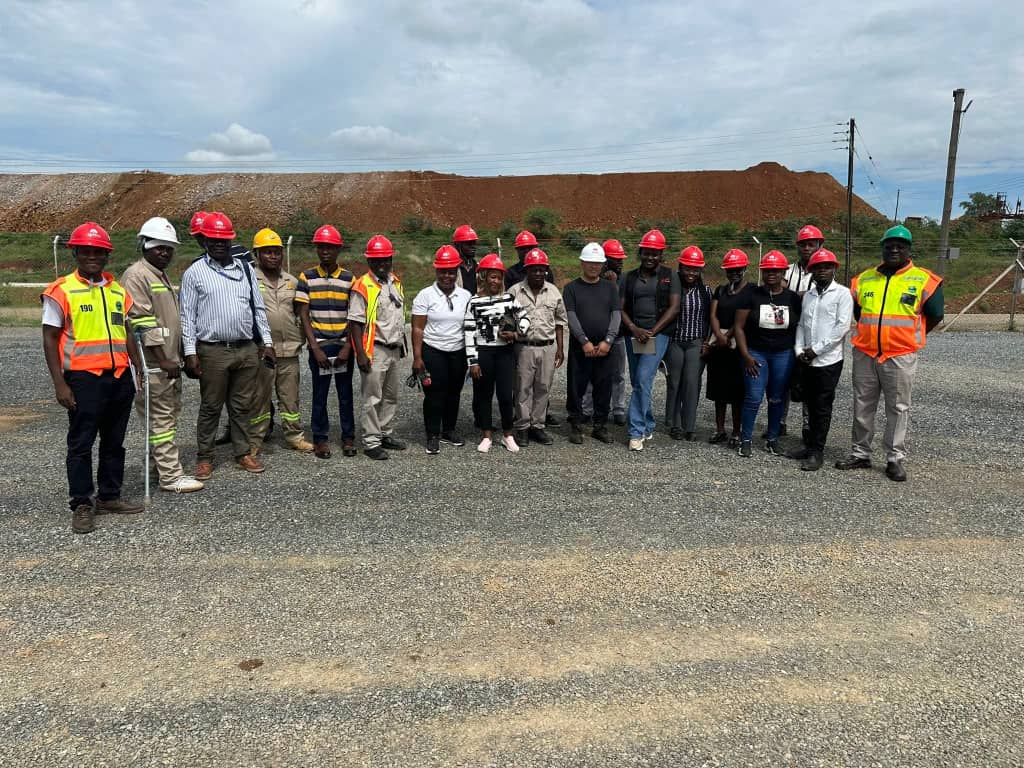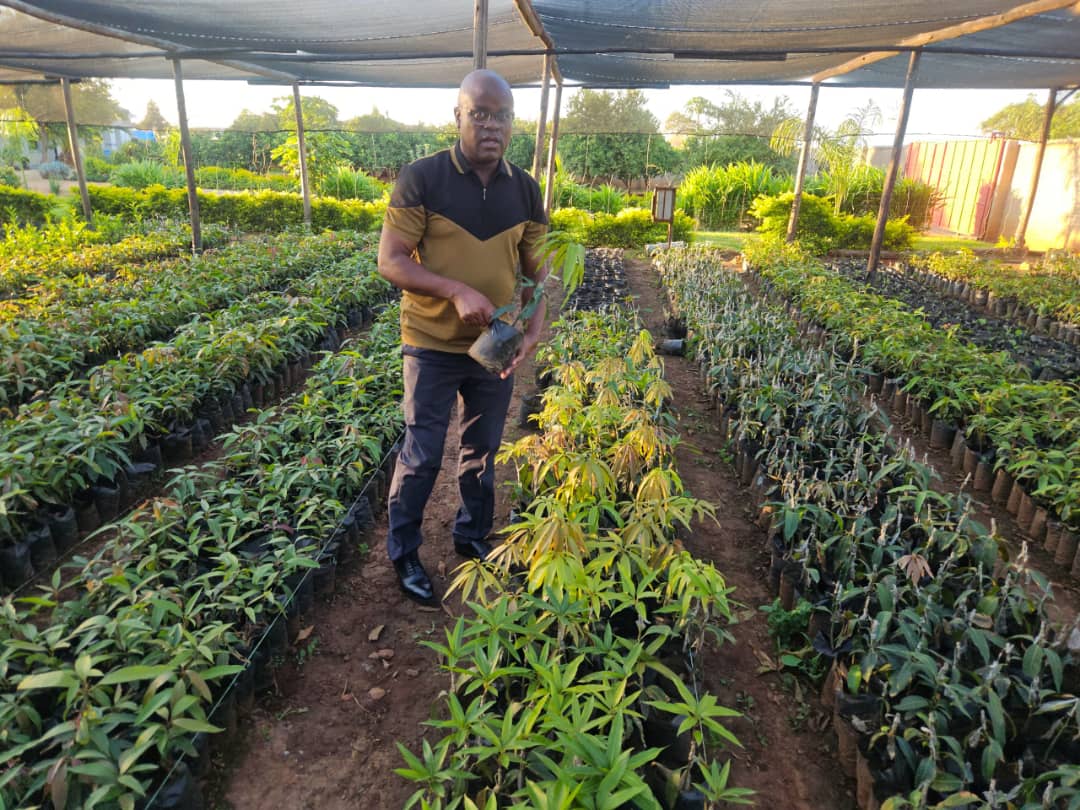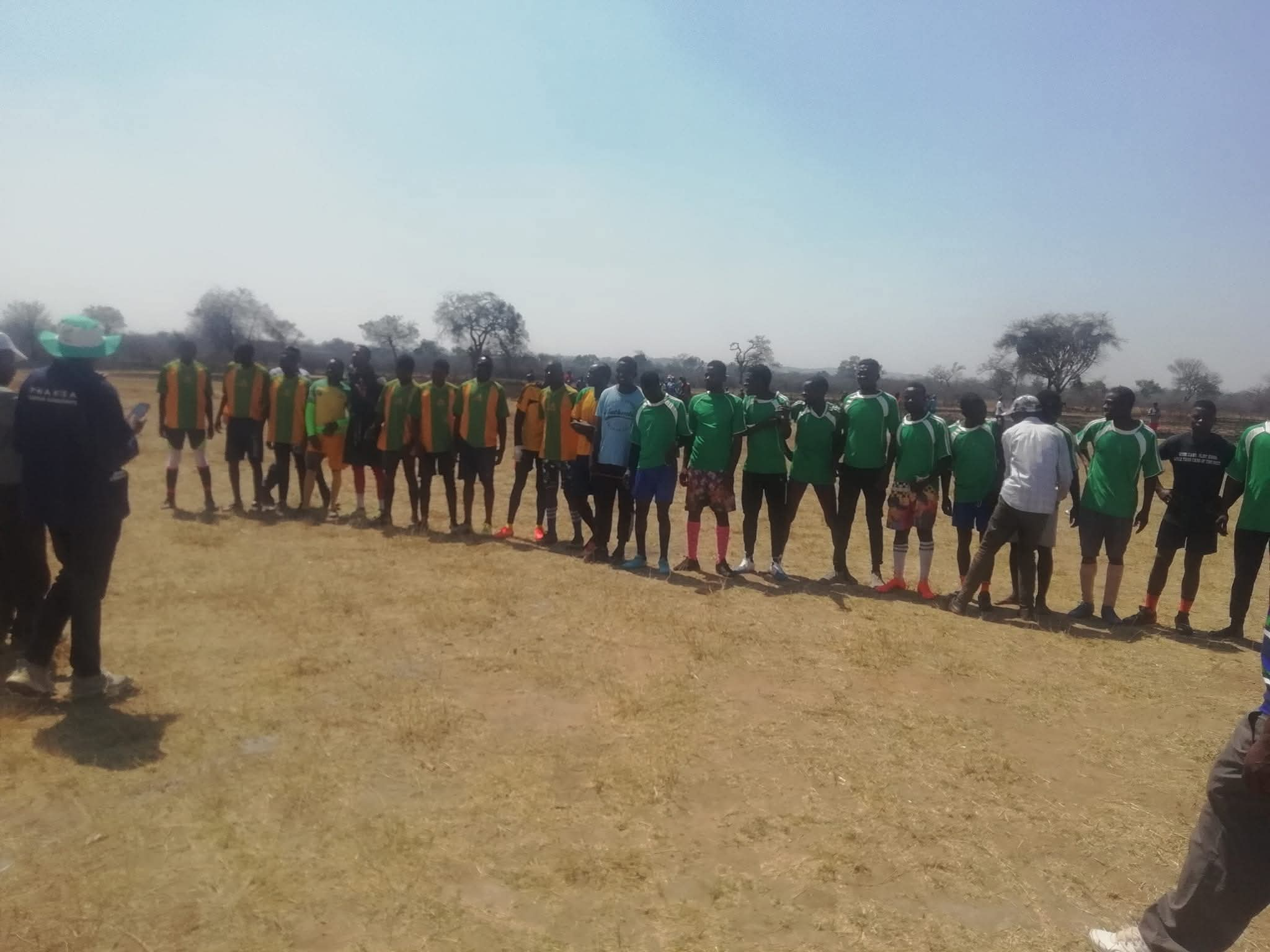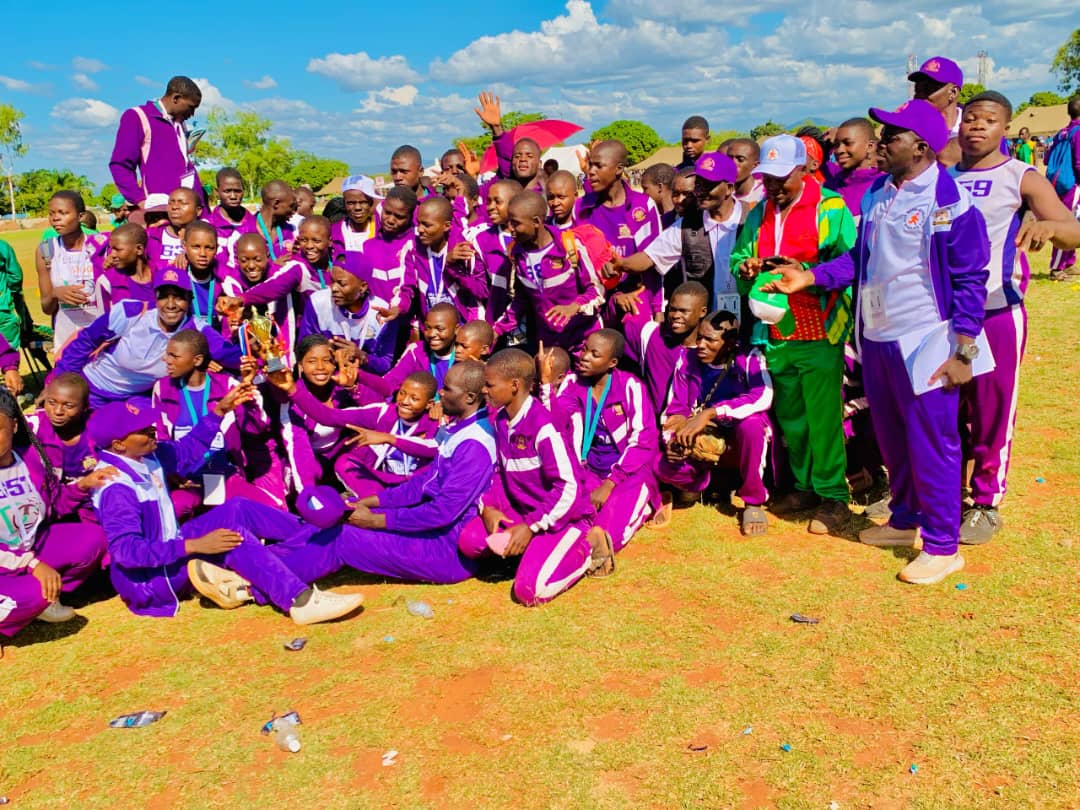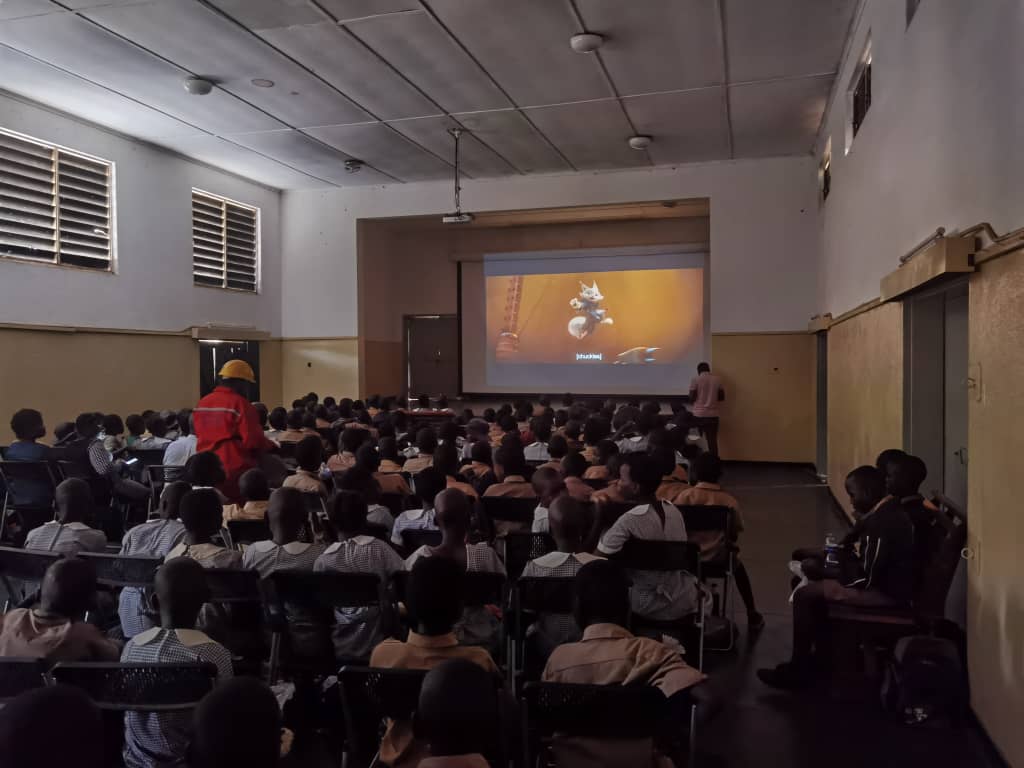Yeukai Munetsi
Extensive damage to wetlands in Lower Gweru has made communities more vulnerable to climate change due to increased difficulties in accessing water for domestic and for agricultural use, it has been established.
The once pristine Ispantshi covering Tenela and Kimlazi vilages in Ward 7, and Lugwalo Village in Ward 8 is one of the wetlands that have lost their aura due to such activities brick moulding and cutting down of trees for firewood.
Community members say the wetland used to be verdant throughout the year; storing runoff water during the rainy season to be used by communities in the dry season.
In the dry season when pastures in the wider veld would have shrunk, Ispantshi would provide grazing of last resort for village cattle.
All that, however, has largely become a thing of the past as villagers increase their exploitation of the wetland’s resources in an unsustainable manner which sometimes borders on selfish irresponsibility.
“Ispantshi protected many villages from flooding as it stored large amounts of runoff water which became useful in the dry season. The wetland fed rivers like Gwenjani but all that is largely a thing of the past,” said Brisky Ncube, a community climate activist who is also director of Nkabazwe Community Radio.
Unlike in the not-so-distant past, the stream which emanates from the wetland now flows with a bare trickle which then fizzles out as soon as the rains stop.
Lugwalo village head, Mthandazo Moyo said the destruction of Ispantshi and other wetlands in the area was huge ecological and economic blow.
“The wetland was important to our community because it provided the land and consistent water supplies for our gardens. Many families managed to send children to school through income generated by the gardens,” said Moyo.
He said productivity of the wetlands, and their ability to sustain village life had sharply declined over the past twenty years.
“Some of our wetlands used to have fencing around them, but that was then stolen bit by bit. Now you find people digging up the soils to hunt for earthworms which they use as bait when fishing. We also have others cutting down wetland trees with impunity,” said Moyo.
He said the declining rainfall that is now being received on average had seen communities experiencing greater hardship since wetlands in the area no longer yielded as much as they used to.
Mlungisi Mpofu from Tenela said wetlands were being exploited in an unsustainable manner mostly by unemployed young people.
“They mold farm bricks for home builders, and they cut down trees to sale. That is the price that’s being paid for lack of better opportunities for young people,” said Mpofu.
As a solution, he called for both enhanced awareness campaigns on wetland conservation, and the creation of new economic opportunities for young rural people.
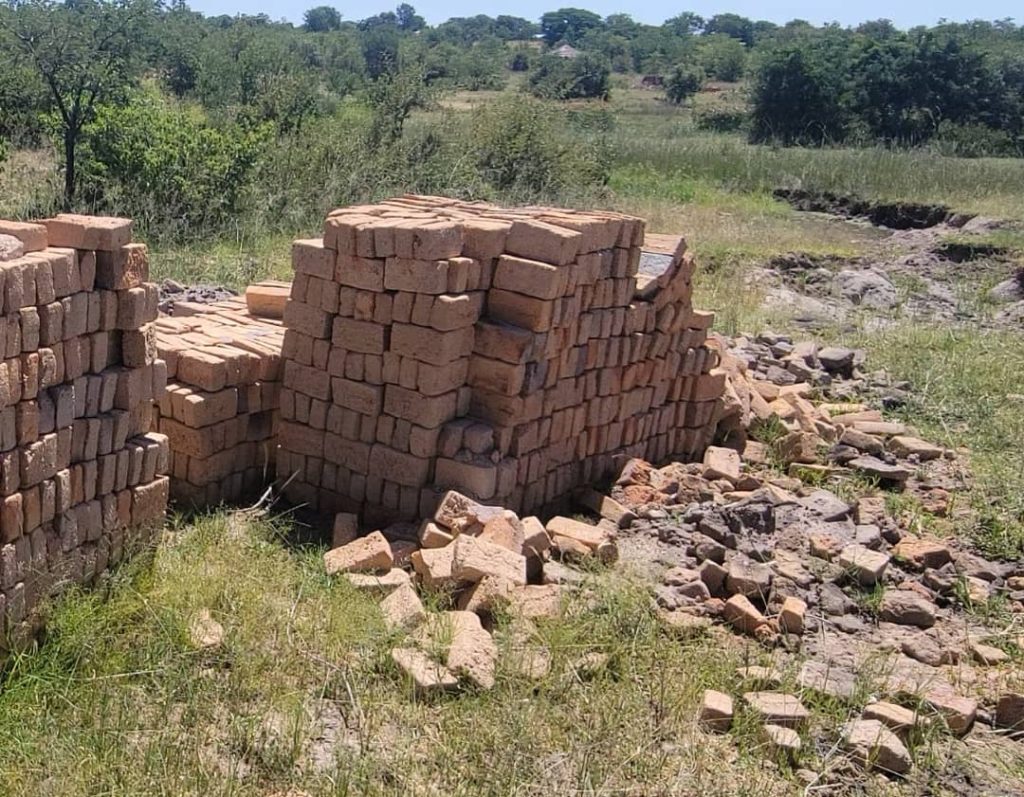
According to a report published by the Zimbabwe Environmental Law Association (ZELA) in April 2021, Zimbabwe had seven wetlands that were recognized internationally.
The report states that three percent of Zimbabwe’s landmass was made up of wetlands; 21% of which were stable while 18% were severely degraded, and 61% moderately degraded.
Zimbabwe is a signatory to the Ramsar Convention whose objective is to promote conservation and sustainable use of wetlands.
The Environmental Management Act is the country’s primary piece of legislation which sets the parameters for the care and exploitation of wetlands.
The act defines wetlands as “areas of marsh, fen, pea-land or water, whether natural or artificial, permanent or temporary, with water that is static or flowing, fresh, brackish or salty, including riparian land adjacent.”
Section 113 of Act prohibits the reclaiming, draining or disturbing of wetlands without the express written authorization of the Environmental Management Agency, given in consultation with the minister responsible for water resources.


